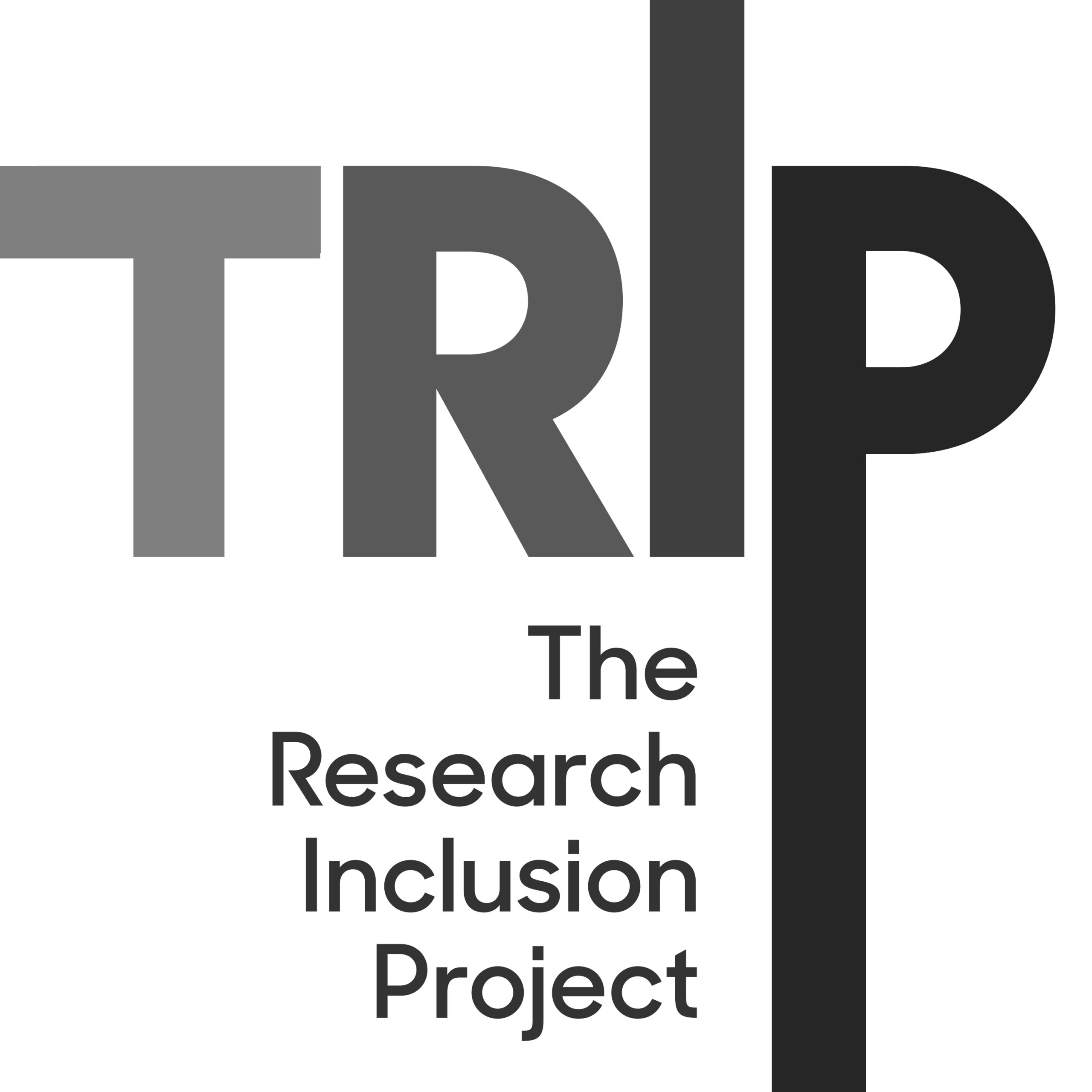The Importance of Accessibility in Qualitative Market Research
Talking about accessibility in qualitative market research is more important than ever now that more than 1 in 4 adults have some type of disability, according to the CDC. Most recently the first US study of autism in adults was conducted and it estimates 2.2% of American adults have an autism spectrum condition. That’s up to 5.4 million people aged 18 and older, or about 1 in 45 people.
As researchers who focus on gathering diverse onions and creating inclusive insights, our goal is always to create safe spaces where all voices can be heard, including individuals with visible and invisible disabilities. It’s crucial to find ways to keep their voices in the mix. If researchers overlook these populations in their research, brands could make crucial business decisions on the voices of only 3 in 4 adults.
We at KNow are a part of the Accessible Insights Consortium to ensure we do everything we can to welcome these voices into our research and make research activities accessible and comfortable for them.
Navigating Diverse Needs to Bring Accessibility to Qualitative Market Research
Recently, KNow conducted a series of mini groups with college students for a university. A subset of the participants self-identified as autistic. These participants expressed genuine appreciation for the opportunity to have their perspectives heard. For our research team, knowing there were individuals with disabilities in the groups helped create a more compassionate and thoughtful group dynamic. It was an invaluable opportunity to engage with a demographic not typically sought out for qualitative research feedback.
Inspired by the experience and wanting to learn more, we connected with colleagues, Lisa Herceg and Lindsay Bach-Moore who led a research project on persons with disabilities with the support of the Insights Association (IA). Their collective goals are to improve inclusion, representation, and accessibility to people with disabilities (seen and unseen) in qualitative and quantitative research. This begins by reassessing the entire research process from recruitment to reporting.
So how do you make changes to your processes to create inclusive spaces? Try these 7 tips to conduct more inclusive research:
- Meet participants with empathy and compassion (a standard practice but always a good reminder)
- Use simple language in screeners and questionnaires
- Explaining the purpose behind each question in the screening process
- Adapt and allow for preferred communication methods as possible
- Enable captions for all video and image content (online)
- Ensure questions are read aloud or are legible by screen readers (online)
- Be prepared to adapt your approach to meet diverse needs
Want to do more? Consider the additional 3 inclusion strategies:
8. Improve Screening Processes
One simple yet powerful change we at KNow Research made was adding the question “Do you identify as having a disability?” to our screeners. This helps improve visibility and representation, it also helps the research team prepare appropriately for focus group accessibility. However, it’s important to recognize that disability categories can be complex and challenging to define. Some individuals may have disabilities that aren’t officially classified or may prefer terms like “visible/invisible” or “seen/unseen.” Allow space for folks to share openly without presenting a checkbox list of limited options.
9. Adapt Communication Methods
One key lesson learned is the importance of offering flexible communication options. For instance, some participants may prefer using chat features instead of speaking aloud in online focus groups. By providing an alternative, we can ensure all participants can contribute in ways that feel more comfortable.
In the work completed by Bach-Moore and Herceg, many participants shared previous frustrations with research scenarios that weren’t applicable or accessible to them. By addressing accessibility concerns, we can create more inclusive and effective research environments.
10. Make Materials Accessible
Accessibility extends to all aspects of the research process. You’ll find much more detail in the toolkit: Insights for all! A toolkit for better disability inclusion in research but a good starting point is to consider the POUR design principles when designing accessible and inclusive research instruments from screeners to reports.
- Perceivable – it provides sufficient text size & contrast, and alt-text/descriptions of images
- Operable – it’s usable by keyboard with the correct reading order
- Understandable – is clear; unique titles & heading structure, plain language
- Robust – it works with different devices
By implementing these practices, you can encourage accessibility in qualitative market research and create more inclusive, representative, and valuable qualitative research. Remember, accessibility isn’t just about physical accommodations—it’s about creating an environment where all voices are valued and heard. So be sure to download the toolkit and for more inspiring stories check out the following episodes of our President’s podcast T.R.I.P. (The Research Inclusion Project).
S05E02: Designing for the Person, Not for the Disability | Alka Baijal (Nissan)


